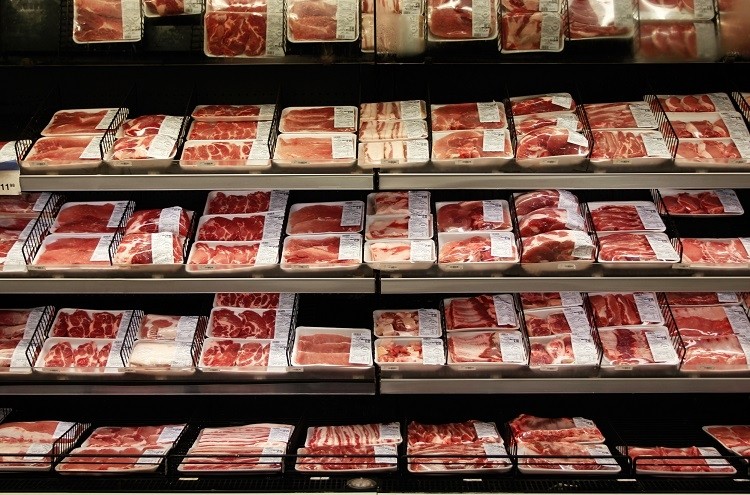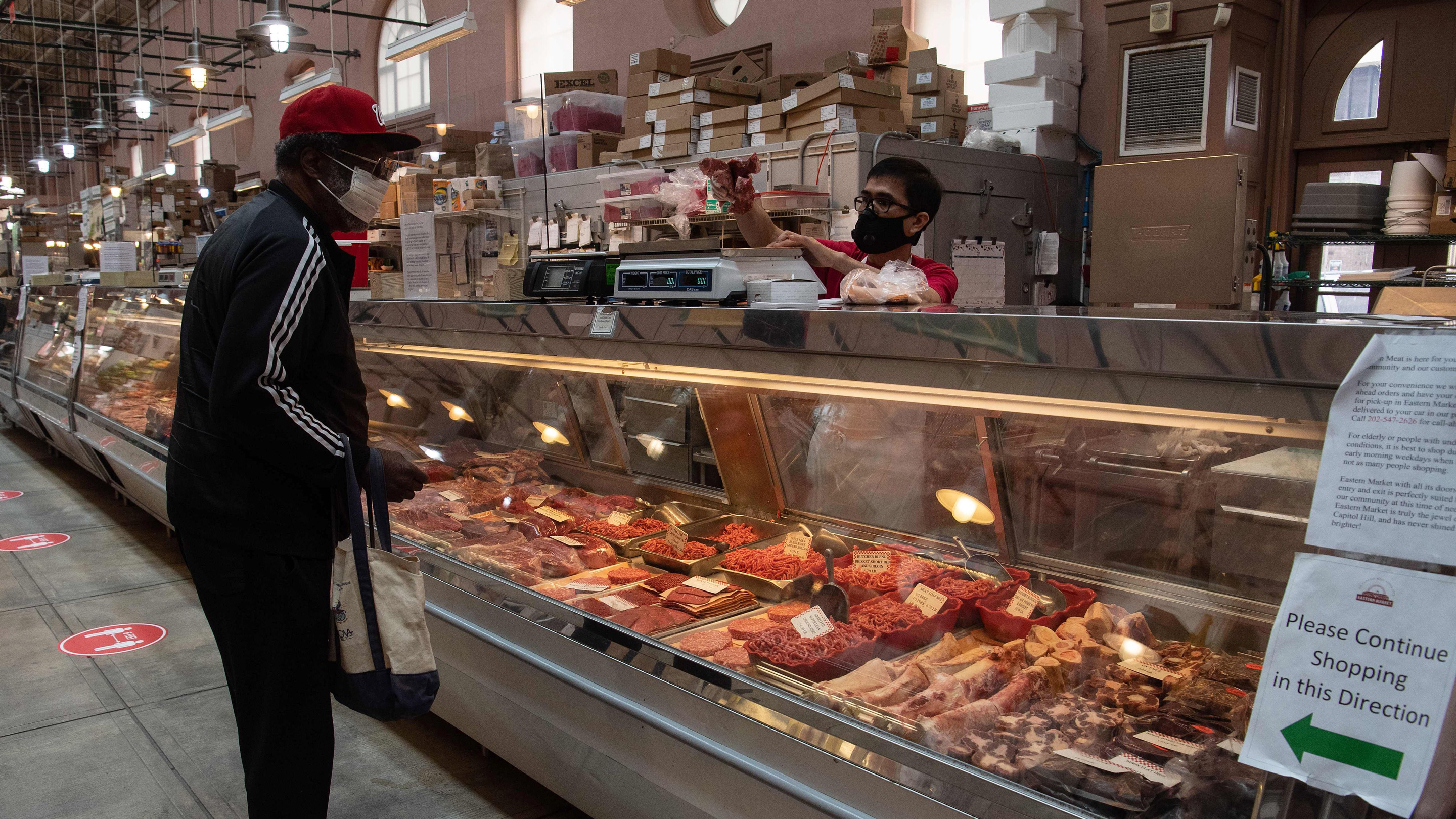Discover the Art of the Butcher's Cut in a Modern Meat Market
In the ever-evolving landscape of modern meat markets, the butcher's cut has actually transcended its standard roots, combining olden workmanship with contemporary practices. What genuinely sets the modern-day butcher apart is their capability to build a deeper link between customers and the origins of their meat.
Evolution of Butchery Methods
The evolution of butchery strategies reflects an abundant tapestry of innovation and adjustment driven by advancements in modern technology, changes in customer demand, and a much deeper understanding of meat science. Historically, butchery was a craft gave through generations, with techniques honed over centuries to optimize yield and taste. However, the industrial change ushered in automation, changing conventional techniques and enabling massive handling.
The mid-20th century saw butchery strategies even more improved by scientific insights into muscle mass biology and meat aging, enhancing both tenderness and taste. Technologies like vacuum packaging and refrigeration prolonged item shelf-life, allowing butchers to expand offerings and enhance top quality control. This period likewise marked the rise of specific devices, such as band saws and meat slicers, which raised accuracy and efficiency in meat processing.

The 21st century has actually introduced digital innovation right into the butchery world. Digital systems currently assist in tracking animal provenance and optimizing cuts to meet certain customer choices. Furthermore, a renewal in artisanal butchery has emerged, blending traditional skills with modern-day expertise to accommodate consumers seeking moral and lasting meat choices. This development underscores a vibrant interaction between tradition and innovation, conference contemporary demands while maintaining the craft's heritage.
Comprehending Meat Cuts
Understanding the details of meat cuts is vital for both butchers and customers seeking top quality and value. For butchers, specific cuts show ability and respect for the craft, making sure minimal waste and optimum yield.

Understanding muscular tissue make-up is critical; muscular tissues made use of a lot more often by the animal tend to be harder and are best matched for sluggish food preparation methods, while less-used muscular tissues, like those discovered in the loin, are much more tender and perfect for cooking or roasting. Experience with these distinctions encourages consumers to make informed selections, improving their culinary undertakings.
Choosing Quality Meat
Picking the best meat entails more than simply picking a visually appealing piece from the display screen. The art of choosing top quality meat needs More Info a critical eye and knowledge of certain attributes that symbolize freshness and excellence.
Second of all, consider the marbling, which refers to the white streaks of fat within the muscular tissue. Proper marbling is a crucial indication of tenderness and flavor, as it thaws throughout cooking, enhancing the meat's juiciness. Keep in mind, greater marbling frequently associates with exceptional quality cuts, such as USDA Prime.
Texture is one more important factor; meat ought to feel solid to the touch, not slimed or extremely soft. Additionally, be mindful of the fragrance. Fresh meat must have a tidy, neutral scent, cost-free from any kind of sour or off-putting odors.
Pairing Cuts With Cooking Methods

Alternatively, tougher cuts like brisket and chuck roast are rich in collagen, which damages down right into gelatin when prepared slowly. These cuts are optimal for braising or slow roasting, enabling the meat to soften over time and establish deep, intricate tastes. Similarly, cuts such as brief ribs and pork shoulder make out well with slow-cooking methods, where extended cooking times transform their durable appearances into succulent meals.
Lamb shanks and oxtail, which call for prolonged cooking to tenderize, are ideal candidates for cooking or sluggish simmering. These approaches coax out abundant, passionate tastes while keeping moisture. By understanding the distinct attributes of each cut, cooks and home chefs alike can boost their cooking productions, ensuring each dish is both satisfying and memorable.
The Butcher's Role Today
Browsing the advancing landscape of the contemporary meat market, the butcher's function today extends past plain preparation of cuts. Contemporary butchers are culinary craftsmens, instructors, and advocates for sustainable techniques. They connect the gap between the ranch and the fork by guaranteeing ethical sourcing, recognizing pet husbandry, and prioritizing openness in the supply chain. This shift mirrors the expanding consumer need for high quality over quantity, where provenance and pet welfare are paramount.
Along with crafting specific cuts, butchers now involve directly with consumers, providing cooking suggestions and tailoring options to fit individual requirements and preferences. Their expertise in meat aging, marbling, and taste profiles equips customers to make educated choices, enhancing their cooking experiences. This customized solution exemplifies the butcher's advancing role as a relied on advisor in the kitchen area.
Moreover, butchers are critical in minimizing waste, using entire pets to produce varied products such as sausages and supplies. This comprehensive technique not just respects the animal however likewise straightens with contemporary sustainability goals. This way, the modern-day butcher embodies both custom and advancement, adjusting to an ever-changing market while protecting the artistry and honesty of their craft.
Verdict
Proficiency in comprehending diverse meat cuts and quality indicators encourages butchers to supply educated suggestions, aligning specific cuts with optimum food preparation methods. By honoring historic methods while embracing contemporary needs, the imp source butcher's function remains vital in today's innovative meat market.
Comments on “Discover Fresh Cuts at Bagley Farms Meat Market Edwardsville IL for Your Next barbeque”